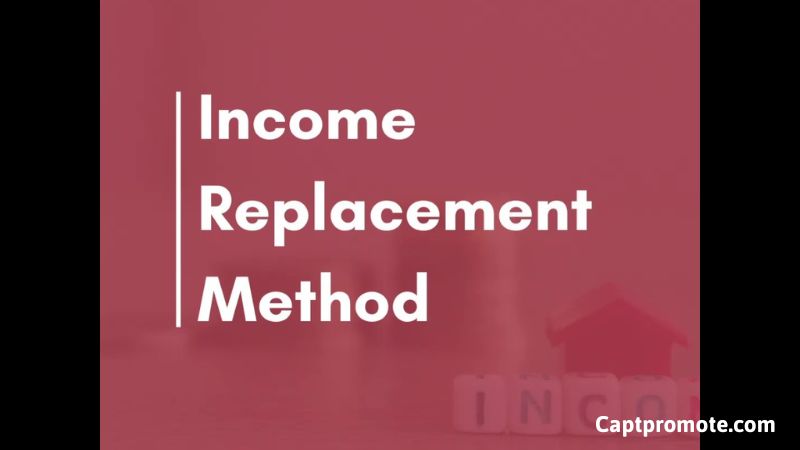In this comprehensive exploration within the realm of life insurance, we endeavor to unravel the complexities surrounding this vital aspect of financial planning. Life insurance blog. It stands as a pillar of protection, offering solace and security to individuals and their families in the face of life’s uncertainties. However, the labyrinthine landscape of life insurance can often confound even the most financially savvy individuals. Within this life insurance blog post, Captpromote embark on a journey to elucidate the myriad options available, delve into the intricacies of policy selection, and underscore the paramount importance of aligning coverage with individual needs.
Types of Life Insurance:
Term Life Insurance: Term life insurance offers coverage for a predetermined period, usually spanning from 10 to 30 years. Should the insured pass away during this timeframe, the policy disburses a death benefit to the designated beneficiaries. An eminent benefit of term life insurance lies in its affordability, rendering it appealing to individuals with budgetary constraints or immediate financial responsibilities. Furthermore, term policies boast flexibility, empowering policyholders to select the coverage duration that suits their circumstances best, whether it be to safeguard against short-term debts or provide protection during key life stages.
Whole Life Insurance: In contrast to term life insurance, whole life insurance offers lifelong coverage, ensuring protection for the insured throughout their entire life. In addition to the death benefit, whole life policies feature a cash value component that grows gradually over time. This cash value can be tapped into through policy loans or withdrawals, providing a source of liquidity in times of need. Moreover, premiums for whole life insurance remain fixed and predictable throughout the policy’s duration, furnishing stability for long-term financial planning endeavors. Consequently, whole life insurance appeals to individuals desiring permanent coverage and those with estate planning objectives in mind.

Universal Life Insurance: Universal life insurance presents a versatile financial tool that merges the security of life insurance coverage with an investment component. Offering policyholders a spectrum of flexibility, it enables adjustments to premiums and death benefits, thereby accommodating fluctuations in financial conditions over time. Additionally, these policies accrue cash value, which accumulates at a tax-deferred rate and can be tapped into to bolster retirement income or offset future premiums. The adaptability inherent in universal life insurance renders it an attractive option for individuals seeking a customizable approach to their coverage and premium payments, tailored to their evolving needs and circumstances.
Factors to Consider When Choosing Life Insurance:
When selecting a life insurance policy, several factors should be taken into account to ensure adequate coverage and financial protection. These include:
Financial goals and obligations: Consider your current financial situation and long-term objectives, such as income replacement, debt payoff, and estate planning.

Budget and affordability: Determine how much you can comfortably allocate towards life insurance premiums while still meeting your other financial obligations.
Age and health status: Younger, healthier individuals typically qualify for lower premiums, so it’s essential to consider your age and health when choosing a policy.
Coverage needs: Assess your coverage needs based on your dependents, outstanding debts, future expenses, and any other financial obligations you may have.
Importance of Assessing Coverage Needs:
Calculating your coverage needs is a crucial step in selecting the right life insurance policy. There are various methods for determining the appropriate amount of coverage, including:
Income replacement method: Estimate how much income your beneficiaries would need to maintain their standard of living in the event of your passing.

Human life value method: Calculate your economic value to your dependents, taking into account factors such as future earnings potential and household contributions.
Additional Considerations:
In addition to the type and amount of coverage, there are several other considerations to keep in mind when purchasing life insurance:
Riders: Explore optional riders that can enhance your policy’s coverage, such as accidental death benefits or waiver of premium riders.
Underwriting process: Be prepared to undergo a thorough underwriting process, which may include a medical exam and review of your health history. It’s crucial to provide accurate information to ensure your policy is issued correctly.
Policy features and terms: Familiarize yourself with the features and terms of your policy, including any guarantees, surrender charges, or loan provisions that may apply.
Conclusion: Life Insurance Blog
Exploring the intricacies of life insurance may appear daunting at first glance, yet gaining a comprehensive understanding of the available options and evaluating your specific coverage requirements is pivotal in making prudent choices. Whether you gravitate towards term life, whole life, or universal life insurance, the crux lies in selecting a policy that harmonizes with your financial objectives and furnishes sufficient safeguarding for your family members. By factoring in variables such as your financial constraints, age, health condition, and desired coverage extent, you can meticulously curate a life insurance plan that instills confidence and assurance in securing the future well-being of your loved ones.





